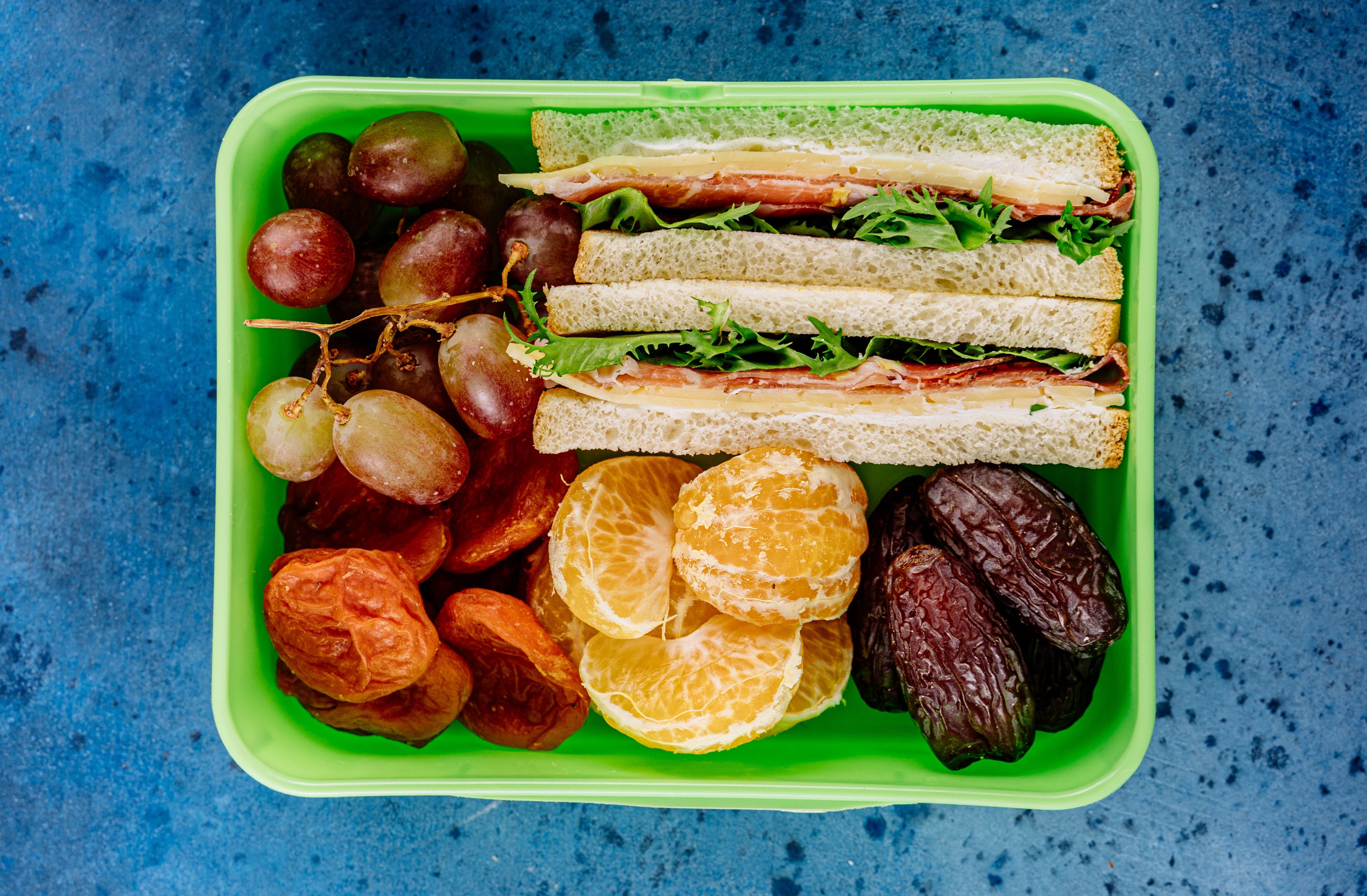Childhood food insecurity is at an inflection point in America. While hunger was always a crisis, the Covid-19 pandemic spurred elected officials to take extraordinary new measures to tackle this challenge. Recently, with the expiration of many pandemic-era federal programs, state legislators across the country are grappling with whether to make emergency programs permanent or revert to past methods of confronting food insecurity.
Universally free breakfasts and lunches in public schools are one such measure. In the past few years, this program brought reprieve to many struggling families and effectively combatted childhood hunger. Now, the choice elected officials face is simple: Do we revert back to the previous income-based eligibility model for school meals, or do we maintain and expand this wildly successful program in the post-pandemic world?
In 2019, 10.5 percent of American households and 6.5 percent of children within households were food insecure. While these rates continued a downward trend from previous years, the issues of hunger and child nutrition were still very present. However, the onslaught of the Covid-19 pandemic, high unemployment, food supply chain challenges, and the closure of schools reversed this trend. Food insecurity rates rose to nearly 18 percent for households with children.
To confront this challenge, reforms from Congress and the US Department of Agriculture (USDA) enabled many public schools to provide free breakfast and lunch to every student. The USDA repeatedly extended this program through the end of the 2021–2022 school year with the help of congressional funding. Now, much remains in question about the future of child nutrition support. While the pandemic upended social safety nets, it also provided a unique opportunity to systematically and permanently reconstruct food insecurity programs to create a more equitable society.
A handful of states continued to pay for free meals even after these federal benefits ended last year. California became the first state, soon followed by Maine, to make this pandemic-era reform permanent to guarantee free school meals for all. This year, many states—including Rhode Island, Massachusetts, Virginia, and others—are considering following suit.
Previously, to qualify for federal programs such as the National School Lunch Program, Breakfast Lunch Program, and other benefits, a family of four had to have a collective income of less than $39,000—130 percent of the federal poverty level—for free meals and less than $55,500—185 percent of the federal poverty level—for reduced price meals. Universal free school meals would be a crucial relief measure for unqualifying families just above these thresholds. For example, in Massachusetts, around a quarter of low-income children did not qualify for free and reduced meal prices in 2018. Many children will lose these much-needed benefits if Massachusetts reverts to its pre-pandemic approach.
However, partially expanding this income eligibility bracket is not enough; burdensome applications and stigmatizing environments prevent children from accessing these services. School districts shaming students for outstanding meal debts, students being bullied by peers, and the fear of standing out for one’s poverty—especially in more affluent schools—all contribute to students not utilizing these resources. In 2019, only 58 percent of eligible households participated in three of the largest federal nutrition assistance programs. Establishing universal free school meals would help to ameliorate these obstacles and simplify the process for parents and students.
Yet, some stakeholders question whether meals brought from home may ultimately be more nutritious than public school meals. In prioritizing relief programs for the home rather than schools, advocates assert that families may be able to make better individual nutritional choices for their children. However, a recent study from Tufts University revealed that schools were the healthiest source of food consumed by children or adults in 2018, a significant improvement since the early 2000s. Children who consume school meals more than four times a week eat more dairy, vegetables, and fruits than children who eat school meals only three times or less per week. When attempting to eradicate childhood food insecurity, the classroom is undoubtedly the most effective conduit.
Relating food insecurity to schools is also practical beyond nutritional arguments because hunger and student education are inextricably linked. Students with free breakfast show improved school performance and attendance rates. Student behavior and mental health are also positively linked to free school meals. Studies show the number of suspensions and disciplinary violations decreases when schools institute free school meals. Overall, providing free meals to students improves both their health and academic achievements.
While some contest the rationale of paying for more affluent students’ meals when their families can already afford breakfast and lunch, advocates of the measure challenge the priorities of the public school system. What should fall under the government’s responsibility? No public school student is charged a fee for entering a classroom, using school books, or visiting a guidance counselor; school nutrition should be the same.
A budget is a moral document, and legislators across the country must decide whether or not to prioritize ending childhood food insecurity by utilizing this proven solution. Every child deserves to eat. Food security is an essential component of student academic success and should be treated as such.
